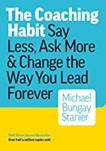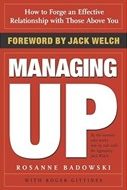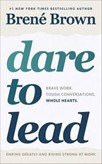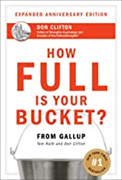BSC Book Review
by Alison Bramer, MSW, BSC Consultant
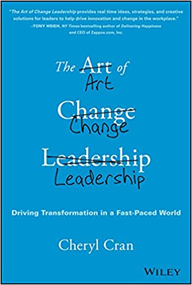
The Art of Change Leadership: Driving Transformation in a Fast-Paced World
Cheryl Cran
John Wiley & Sons | 2016 | 256 pp. | ISBN 9781119124757
Welcome to our leadership resources book review to facilitate your continued growth and move your ideas to action. This month we add The Art of Change Leadership: Driving Transformation In a Fast-Paced World by Cheryl Cran to your professional reading list and provide reflection from Alison Bramer, MSW.
The Art of Change Leadership: Driving Transformation In a Fast-Paced World by Cheryl Cran is a fresh take on how to approach change in the workplace. This is not a step-by-step guide or tool on how to implement change, rather, The Art of Change Leadership is focused on fostering an organizational culture that is more nimble, positive, and accepting of change. The distinction is clear in Cran’s writing: change management is typically task-oriented, hierarchical, and narrowed on implementing clear change, while change leadership is what she calls “a focus on people and heart.” Change leaders are inspirational, creative, influential, and create a compelling vision that generates excitement and buy-in for change. Cran argues that you need both change management and change leadership skillsets for effective organizational change in an increasingly faced-paced and complex business world.
That world only became more complicated in 2020. While this book was first published in 2015, I didn’t pick it up until November 2020—well into the collective new reality of the COVID-19 pandemic. Like most companies, mine had spent the last nine months adapting and refining our systems to be more sustainable for a fully remote workforce. The nature of consulting lends itself well to remote work and we were able to make this transition rather seamlessly. This gave us more space and energy to focus on innovating how we work. Early in 2020, we conducted a holistic review of our systems, processes, and communications to identify substantive changes we wanted to make. Our goal was to ensure continued, meaningful, and valuable experiences for our employees and our consulting partners, reflective of this new reality. Such large-scale change can be daunting, and, if 2020 has taught us anything, adaptability is paramount to success. As a department director, I knew I’d be instrumental in ensuring these changes were adopted and “stick” —not letting us slide back into a place of comfort. I was on the hunt for a resource focused on change management and I’m glad to have found The Art of Change Leadership.
In full disclosure, I was not prepared for this book. I was prepared for a somewhat dry tome (said lovingly) that would tell me how to bring my department along with these planned changes–a book I could pick up, get some tips and tricks, and carry-over to my workplace to help facilitate the many transitions ahead. I can blame this on 2020,
but I was looking for a practical book that wouldn’t force me to think. What I was not prepared for was a full analysis of my leadership style and how well (or not) it lends itself to lasting and transformative organizational change. It wasn’t until after reading The Art of Change Leadership that I realized this book was exactly what I needed to hear, when I needed to hear it. I just wanted to make the change happen and this was a timely reminder that change doesn’t just happen—someone has to drive it.
At its core, change leadership is an inwardly focused endeavor. Cran mentions the need to update our “leadership operating system” and says, “to affect change that drives transformation, the leader (you) needs to transform self.” I heard that loud and clear. Once I realized The Art of Change Leadership would push me in unexpected ways, I began to feel validated and more prepared. With a background in social work, the emotional intelligence aspect of initiating change resonated with me. Cran walks the reader through the psychological response to change and it was incredibly relieving to see that fear, skepticism, and resistance are normal parts of that process. Remember when I said I didn’t want to think about the change and I just wanted it to happen? Cue working through my own fear, skepticism, and resistance. It’s only by being able to identify, name, and address those emotions, in yourself and others, that you can advance to excitement, confidence, and results—and change that sticks.
Do I feel fully prepared to guide my department and company through the changes ahead? Absolutely not. There are unknowns and there will be mistakes. But much like change itself, leading others through change is a process and, like innovation, that process never stops. The Art of Change Leadership compels the reader to find comfort in all the messy and wonderful parts of the organizational change process—starting with yourself.
The Art of Change Leadership is recommended for…
- Those interested in developing a personal change leadership style that is inclusive and collaborative
- Those ready to shift the narrative of change at their organization from tactical and task-oriented to inspiring and compelling
- Anyone responsible for affecting change at their organization (book spoiler alert: that’s everyone)
Cite: Bramer, A. (2021). BSC Book Review: The Art of Change Leadership: Driving Transformation In a Fast-Paced World. Rockville, MD: BSCorbett Consulting, LLC. Retrieved from https://bscorbettconsulting.com/portfolio/art-of-change

